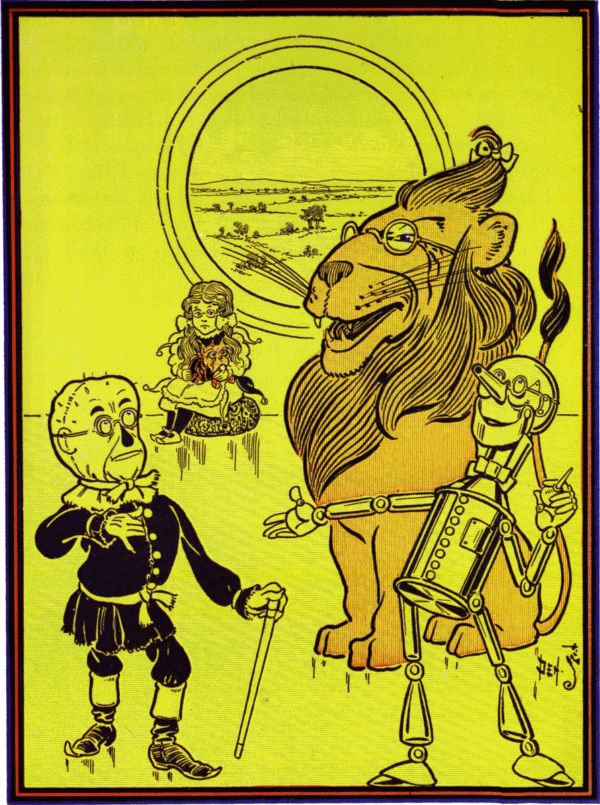
The Wonderful Wizard of Oz, by L. Frank Baum – There was some discussion on a Facebook group I’m on of having a discussion of one Oz book a month, and while I don’t know that anything was ever officially decided, I did reread this first one for the occasion. Baum’s birthday was on the fifteenth of this month, and the book was first released on the seventeenth. I first read this when I was eleven, when my dad gave me the Exeter Press editions of this and The Marvelous Land of Oz while we were staying with my grandparents.
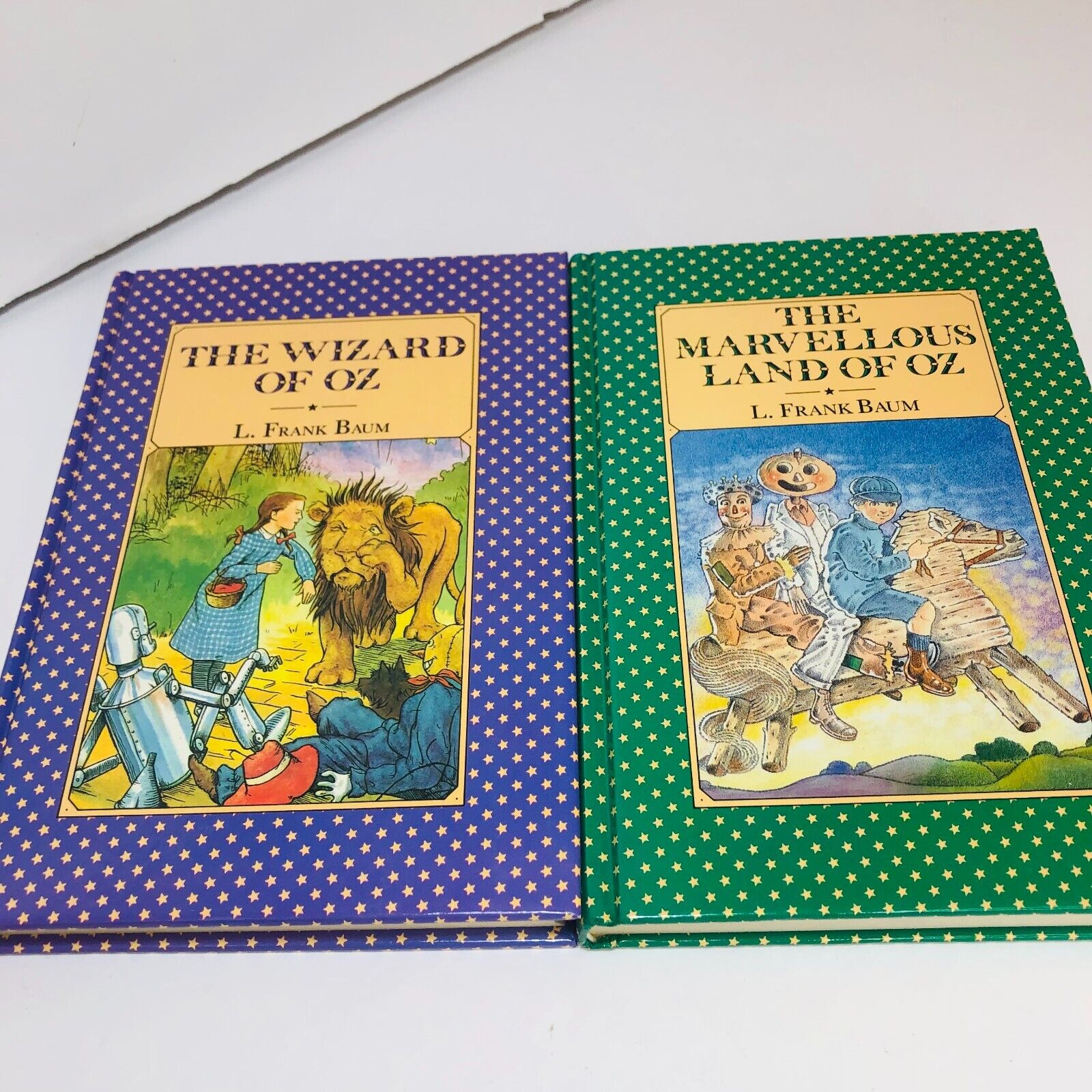
It was a very quick read, and I already knew there were other books in the series, so I went on to read everything I could. The book was intended as a standalone, but when it was more popular and sold better than anything else Baum wrote, he was pretty much forced to keep coming up with sequels. Compared to later books, this one feels more like a traditional folk tale. It has that sense of repetition, with the characters frequently having a pattern to their lines. It’s also very matter-of-fact. It was only later that Baum seems to have really thought about the rules for how Oz worked, and even then he contradicted himself pretty often. Here, we already have Oz as a place where animals talk and inanimate objects can come to life, with no real explanation as to why that would be so other than the general idea that it’s not a civilized country. In addition to the Cowardly Lion, a few crows, a stork, some mice, a wolf, the Winged Monkeys, and a tiger all have lines; and a native wonders why Toto can’t talk, something Baum wouldn’t really address until Tik-Tok.
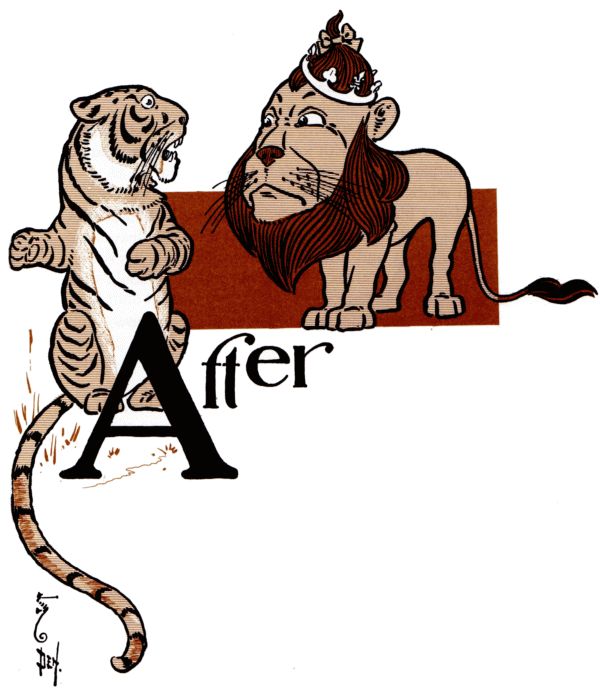
The Scarecrow and Tin Woodman both tell their origin stories, but there’s no real indication as to why the former is alive, or how the latter stays alive with all his body parts replaced. It’s also pretty much taken for granted that these have no need to eat or sleep, and while they certainly be damaged, they don’t feel pain and can usually be reassembled.
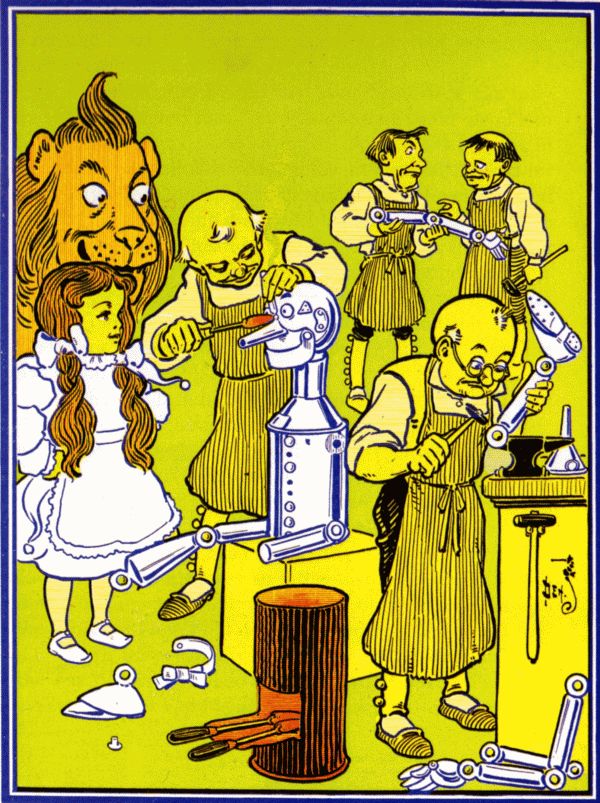
Baum later gave the indication that nobody dies in Oz, but here there’s a lot of discussion of death, including the Lion casually mentioning that he could easily kill Toto. I’ve seen it proposed that deathlessness didn’t fully kick in until later, and I guess we don’t know for sure if all the hostile animals who are killed necessarily remain that way, but Nick Chopper (that name wasn’t introduced until later, but I’m still using it here) does talk about his parents dying.
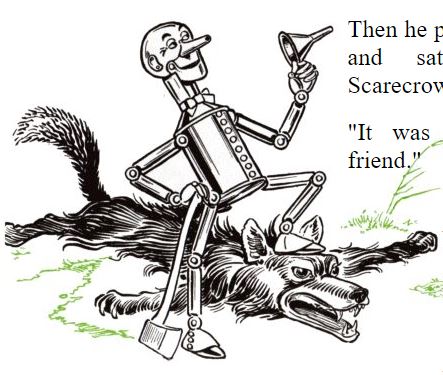
And this presumably happened after the Wizard’s arrival in Oz, as said father had visited the Emerald City. It’s also not entirely clear where the major countries end. The characters aren’t said to be in the Quadling Country until after they’ve crossed the Hammer-Heads‘ mountain, and it’s unclear whether all of the area through which the Yellow Brick Road runs is Munchkin territory. When Baum later mapped out Oz, however, he made everything part of one of the four main countries (one of which is only hinted at in this book) or the Emerald City territory. It also indicates that, if the raft had continued to float down the Munchkin River, it would not have taken them to the Winkie Country as Nick fears without first going through Lake Quad.
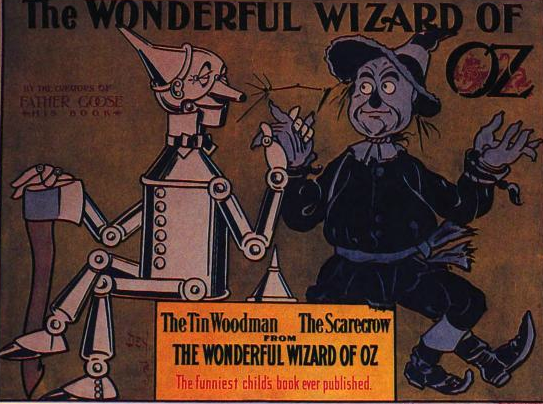
I have a metal sign I found at a store identifying Wizard as “the funniest child’s book ever published,” and while that’s clearly a matter of opinion, it really doesn’t seem like it’s supposed to be particularly comedic. There’s humor, certainly, but “bran-new brains” aside, it tends to be subtle and tongue-in-cheek. Some of the later Oz books had much more frequent and obvious jokes, particularly when he seems to have been writing with the stage in mind. Granted, these books were presumably written after that tagline was used, but I suspect that A New Wonderland (later reissued as The Magical Monarch of Mo, at least, was at least supposed to be laugh-out-loud funny in a way Wizard wasn’t. I’ve also noticed that some of the weirder aspects of later Oz books seem to come directly from Mo.
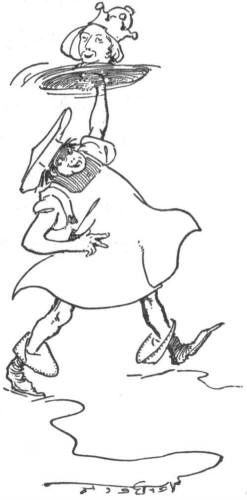
Anyway, while I like other books in the series more than this one, I do get how this in particular became such a classic. The popularity of the MGM movie probably did a lot to keep this book in the public consciousness and the others not, but even without taking that into account, it’s a fun, simple, whimsical read. And while there are certainly dated aspects to it, for the most part it’s pretty timeless.
